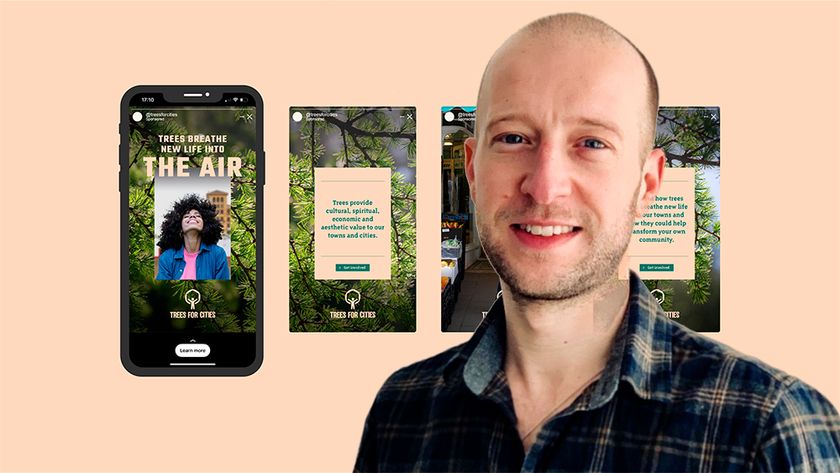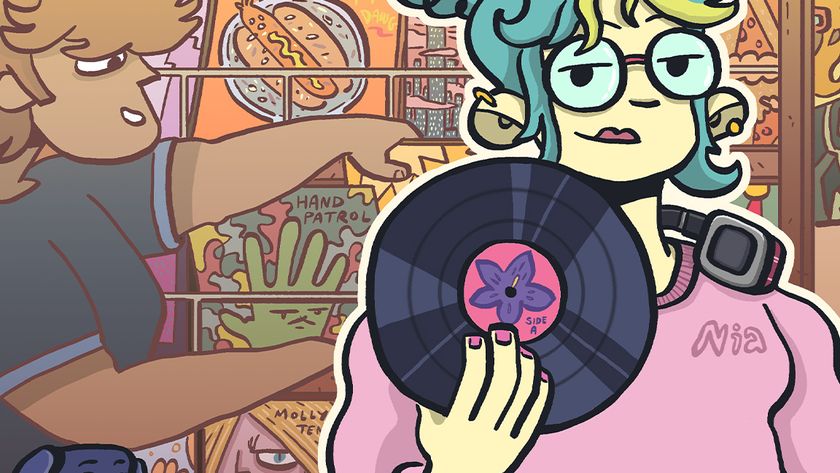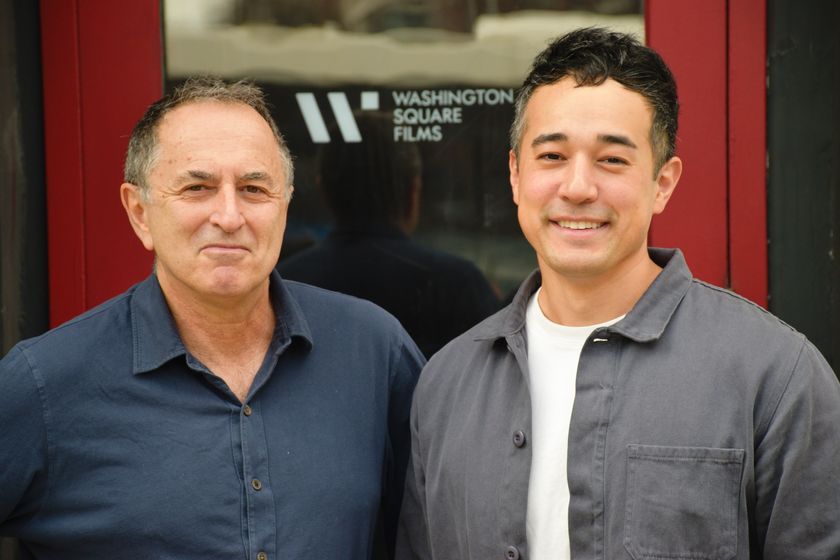How to run effective meetings
Three different ways to make your meetings more engaging.
For more on how teams can collaborate better, don't miss Alison Coward, founder of Bracket and author of A Pocket Guide to Effective Workshops, at Generate London next week (20-22 Sept). There are still some tickets available.
You probably harbour some resentment towards meetings. Perhaps you've got a plan for getting out of them permanently. Maybe while at university, you built the next killer iApplication and it will reap such monumental rewards you'll never have to sit in a conference room in your entire professional life. Or perhaps after slaving away on award-winning client sites since before you could game Altavista with the phrase "Britney Spears", you're confident that soon royalty checks and speaking gigs should keep you from having to sit in a boring meeting ever again.
If you lean towards the latter of these personas, you may resent meetings from extensive experience, watching them destroy productivity. Meetings can be time consuming, costly, and are frequently called for the wrong reasons. Gathering in groups is a deeply rooted part of our psyche that is partly based on fear, going way back to when we proto-humans realised we might fare better against assorted proto-human-eating animals if we worked as a group. Many of the meetings we call today are of this ilk, and therefore can come across feeling more like group therapy than productive discussion.
It logically follows that we should eliminate unproductive meetings from our time spent building things. But one cost of doing this is that we lose our collective awareness and agreement on what we are building, and why. Although some refer to this as an illusion of agreement, we have to start with some kind of agreement, and meetings afford us a unique opportunity to drive that illusion closer to a reality.
They are the only place we can apply the full range of human communication styles: verbal (spoken word), visual (written words and image), and physical (body language) to a problem as a group. If we don't iterate that shared understanding, flawed though it may be, we guarantee misunderstandings, missed deadlines, and feelings of isolation.
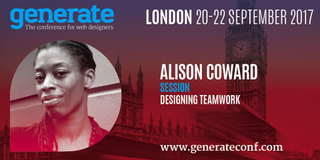
The three flavours of meetings
Meetings fall into one of three categories, loosely based on duration:
- Quick meetings address a simple challenge or level-set group understanding. They can be from five to 20 minutes or so, and require a decision before ending.
- Business meetings explore a finite problem, and can last one or two hours. They can result in either a decision or further clarification of the problem.
- Longer, working sessions address complex problems and unknowns in an open collaborative manner. These last from two hours to several days, and are also referred to as workshops. Outcomes include decisions, prototypes, strategic directions, plans, and more.
By remembering some basic principles for each meeting type, you can make them more effective and engaging, and even eliminate a few meetings in the process.
Get the Creative Bloq Newsletter
Daily design news, reviews, how-tos and more, as picked by the editors.
Quick meetings (30 minutes or less)
If you need to make a group decision, there are tools out there to measure consensus on a simple concept without calling a meeting. So before scheduling one, ask yourself if an email thread or using an online survey would be sufficient. If you'd like to allow the team to express their perspectives in person, however, a short meeting with some clear constraints is your best choice.
Sticky note activities like the KJ technique help groups establish priorities without devolving into arguments. Have people write their ideas based on a focusing question, rather than speak them aloud, then post them in a shared viewing space. This way, each participant will have a chance to review the group's full range of thought rather than reacting to the last thing that was said. It also levels the playing field between extroverts and introverts.
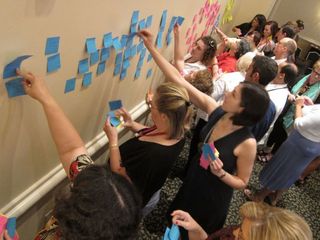
Business meetings (1 to 2 hours)
At this length meetings are their most problematic. An hour can wreak havoc on a workday, destroying concentration and dividing up productive time periods. When scheduling meetings of this length, consider isolating them to certain parts of the day to minimise damage. Experiment with "no meeting zones:" chunks of time where you eliminate business meetings entirely.
When having a meeting like this, for five or more people there should be a designated facilitator. A facilitator leads participants through a meeting process. A good facilitator collaborates with leadership to create the best agenda for the intended results. Facilitators are meeting process ninjas: they make sure everyone has an equal chance to contribute, except themselves.
Facilitators shouldn't contribute original ideas to a discussion. If they do, participants that feel their views differ from the facilitator's can accuse the facilitator of engineering the process. For this reason, it's good to select unbiased facilitators. When that isn't possible, the person running that discussion should focus on making sure everyone is heard, and not on their own analysis of the problem.
It's also a good idea to have a sense of the business culture of the attendees. Is it a group of doodlers? Let them doodle ideas. Accountants? Focus on the numbers. Align meeting content and activities with the work values at hand. If you can translate the problem into their native language, you'll increase engagement.
The workshop
Workshops are complex beasts that require a lot of advance planning, a great playbook of activities to draw from, and the alignment of stars and planets to make sure everyone is available. Whether you are building a project plan, a prototype, or even a new company, I suggest keeping the following one thing in mind.
When characters on the television show Lost started traveling through time, they introduced the concept of "the constant." "The constant" was something that a character would try to remember, usually the name of a person, to help keep you oriented in time and space.
Using "the constant" in a long workshop is a powerful tool. As you move thought the day, it could be something as simple as a single question on the wall, written in large text, where everyone can see it:
How will what you are doing right now create the change that we seek?
Or it could be an activity: something that all attendees can do cumulatively over the day, any time they have a break:
Write down an interface design or usability improvement goal for the next six months on a sticky note every time you hear one you like, and put it on the wall.
Having a good constant, whether it's a theme or an activity, helps tie the component parts of a workshop together, giving it a nice arc.
Go forth and meet well
The next time you are putting together a meeting, try to align the goals of the meeting with one of the three types of meetings described above. Can you come up with a way to make the decision you need to make in 15 minutes, or is an hour discussion a better fit for the problem?
Perhaps you should make that kickoff meeting a workshop instead of just spending an hour describing the project to everyone, to increase engagement. Design your meetings well, and they'll be far effective and keeping you out of (unnecessary) ones.
At Generate London next week Alison Coward will explore how to run great workshops that improve team culture. The conference will also cover prototyping, user research, UX strategy, performance, web animations, adaptive interfaces, conversational design, and loads more. Reserve your spot today!
Related articles:

Thank you for reading 5 articles this month* Join now for unlimited access
Enjoy your first month for just £1 / $1 / €1
*Read 5 free articles per month without a subscription

Join now for unlimited access
Try first month for just £1 / $1 / €1




